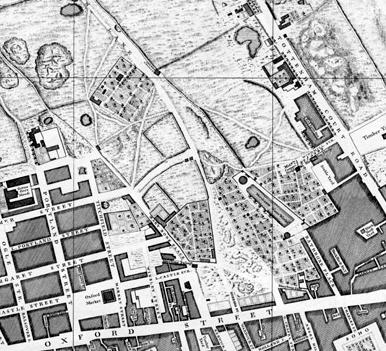Have you ever made your own cheese? Cheesemaking seems to have been a common activity in the 18th century kitchen, as our Cookbook of Unknown Ladies provides us with a multitude of recipes for preparing soft cheeses. Today we’ll explore two recipes handed down from ‘Mrs Lewis’ and ‘Mrs Hayne’.

Recipe for Mrs Lewis’s Cream Cheese (18th century) from The Cookbook of Unknown Ladies
Mrs Lewis’s Cream Cheese (modernised spelling)
Take 3 pints of water and set it on the fire, and when it is scalding hot take [off] half of the water and let the rest boil. Then take 3 pints of cream, and do with it as you did with the water, and mix them together. Then, take 3 quarts of milk and mix it with the cream and water, and when milk warm, put to it a spoonful of rennet and stir it well. When it is come, take up the curd without breaking it and lay it in the fat with a cloth over it, with a weight of half a pound at first, adding, till it comes to 2 pounds. Turn it every hour. Rub a little salt on it then lay nettles on it. Turn it every morning and night, and clean it as you turn it and put fresh nettles [on] it. It will be ripe in ten days if the weather is hot
The nettles in this recipe are used to aid the ripening process, but this natural covering would also lend its delicate flavour to the cheese.
Mrs Lewis’s recipe is thorough, and offers an insight into the time, knowledge and skill required to make good home-made soft cheese. Our second recipe today, attributed to a ‘Mrs Hayne’, is sketchier but no less fascinating.

Mrs Hayne’s recipe for dried cream cheese (18th century)
Mrs Hayne’s Dried Cream Cheese (modernised spelling)
Take 12 quarts of strippings, 2 quarts of cream, 2 spoonfuls of the juice of marigolds and about a teaspoonful of rennet. So whey it and press it as you do other cheese, shifting it every half hour with dry cloths.
Mrs Hayne’s recipe asks for milk ‘strippings’, the last milk drawn from the udder, which has a high cream content. This suggests that the recipe was written for a household keeping its own cow, or ‘neat’.

The area north of Oxford Street was barely developed in the mid 18th century. (Section of John Rocque map, 1746)
It is quite likely that the ‘unknown ladies’ who compiled our cookbook lived in households that kept a number of domestic animals, or even managed a small farm. But even with this land and rustic lifestyle, they could quite easily have been living in and around London. By the mid 18th century, much of the Parish of St Marylebone still consisted of fields, common land and small rural settlements. London’s urban development petered out half-way along Tottenham Court Road, as shown in John Rocque’s map of 1746.
For flavouring and colouring, Mrs Hayne’s dried cream cheese adds marigold juice. Another key ingredient is rennet, an essential ingredient for separating curds from whey in the cheesemaking process. Tomorrow we’ll take a look at how this rennet would have been made…




